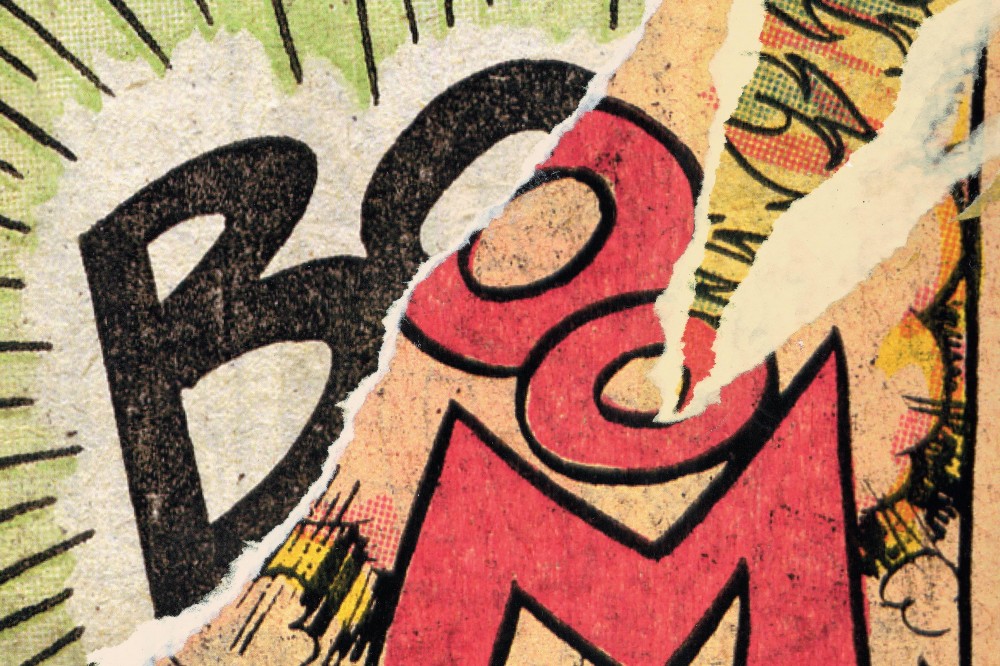Getting The Message
Inkahoots is participating in a new exhibition at the Art Gallery Ballarat, Australia’s oldest and largest regional gallery. Got the message? 50 years of political posters showcases “some of the most arresting posters created in Australia and internationally over the last 50 years”.
 It's Not a Crisis, it's a Creed (detail) 2008
It's Not a Crisis, it's a Creed (detail) 2008
Check it out Saturday, March 02, 2013 - Sunday, April 14, 2013, 10:00 AM - 5:00 PM in the Ian Potter Foundation Gallery. Admission is free.
It’s always strange and in some ways problematic encountering ephemeral images designed for “centres of conflict, that is to say in the streets and on the walls of the factories” in a gallery. Collected like neutered specimens they inevitably loose their original purpose and power. On the other hand, understanding the work is also an important task. It doesn’t help that many ‘political’ posters are now made by designers for poster competitions, studio folios, and general career aggrandisement rather than productive ‘centres of conflict’.
From the organisers:
While the exhibition focuses on the 1970s and 80s when Australian poster collectives were tackling the pressing issues of that era, it also includes significant posters from the new generation of Australian graphic designers and artists employing digital technology and other media in their quest to reach more hearts and minds.
It includes a strong contingent of highly-charged international posters, few of which have been seen in Australia before. There will be large and representative groups of posters relating to the Vietnam War (USA), May 1968 (France), ’Solidarity’ (Poland), Chinese Cultural Revolution, and Amnesty International, as well as to more recent outbreaks of dissent such as the Occupy movement.
Photographic documentation of selected posters in situ and a range of other protest media provide an essential backdrop to the exhibition.
The exhibition is supported by a comprehensive illustrated catalogue which explores the essential history and social context in which these images were created and examines the future of the poster, the role of humour and the problematic function of propaganda and ideology. It also discusses the social role that posters can play in our digital age.